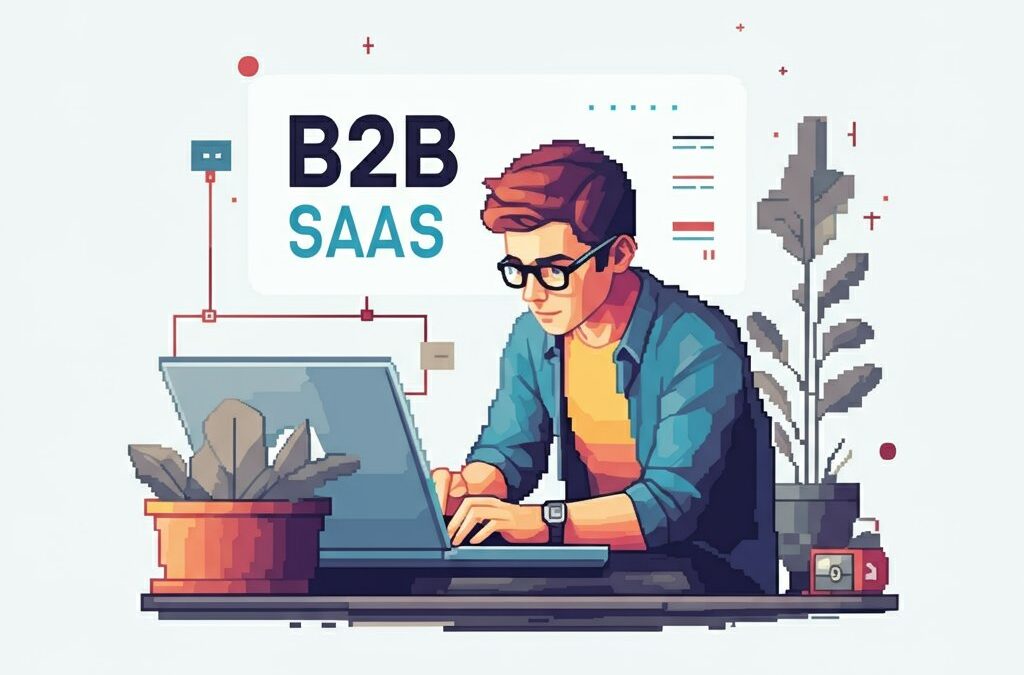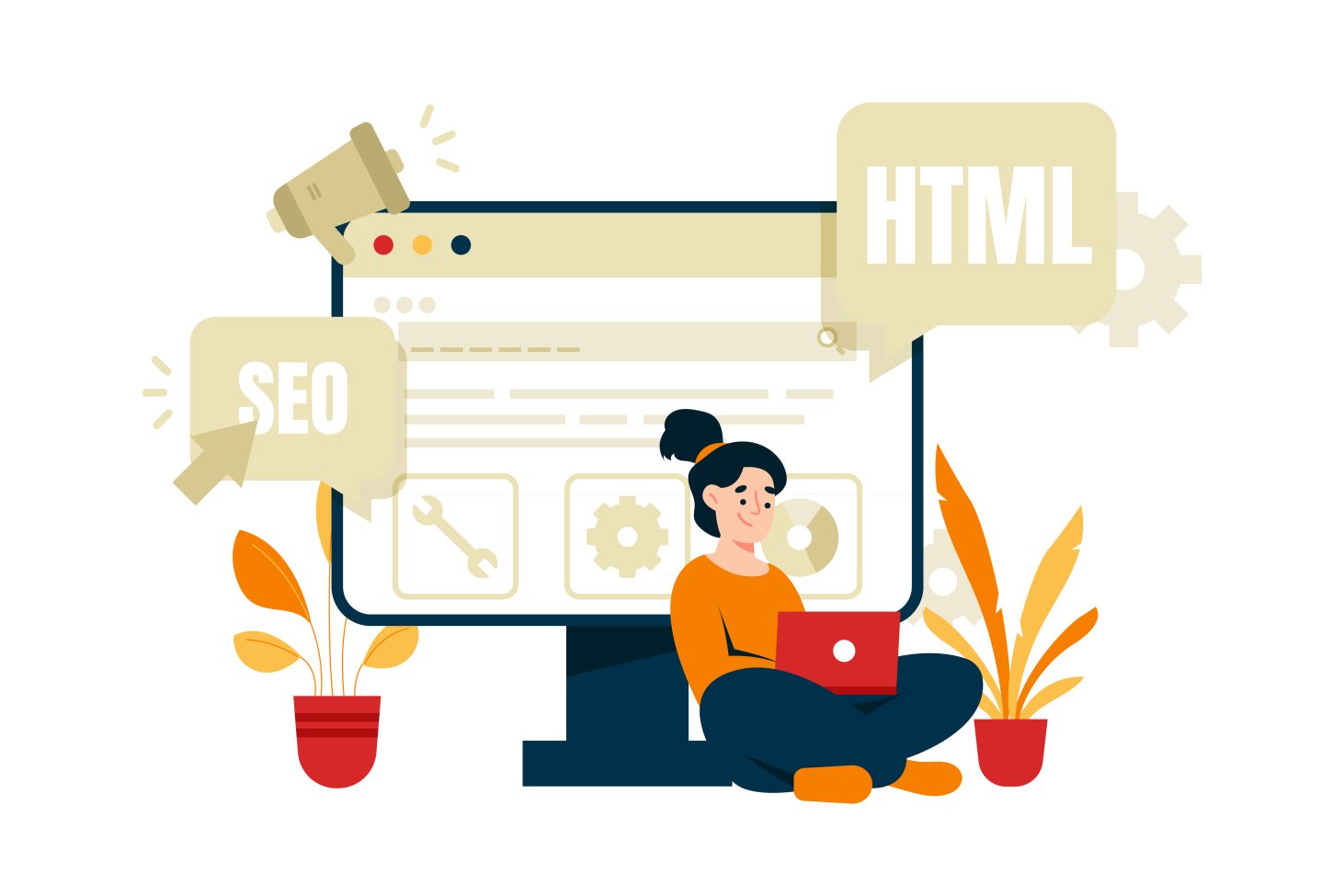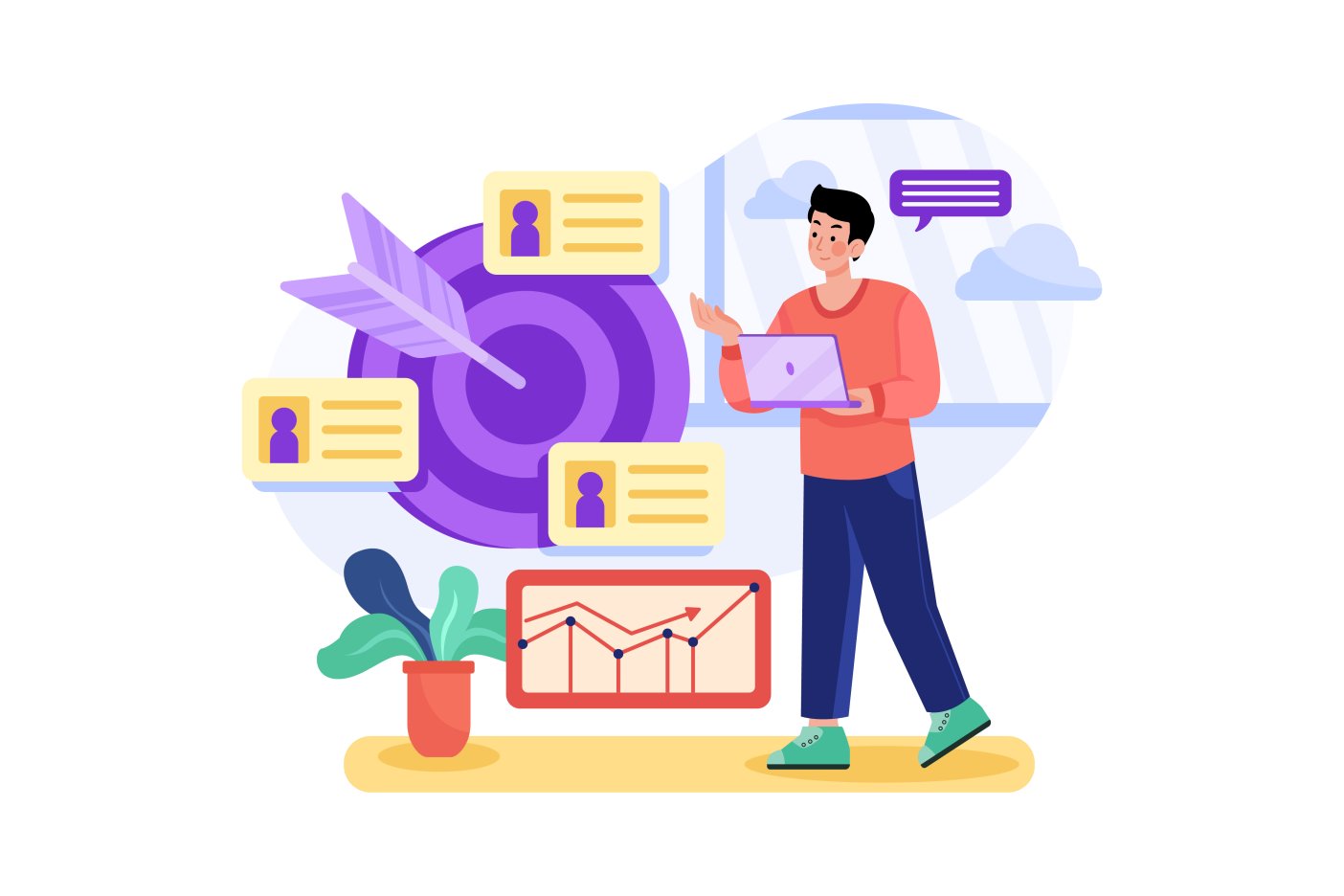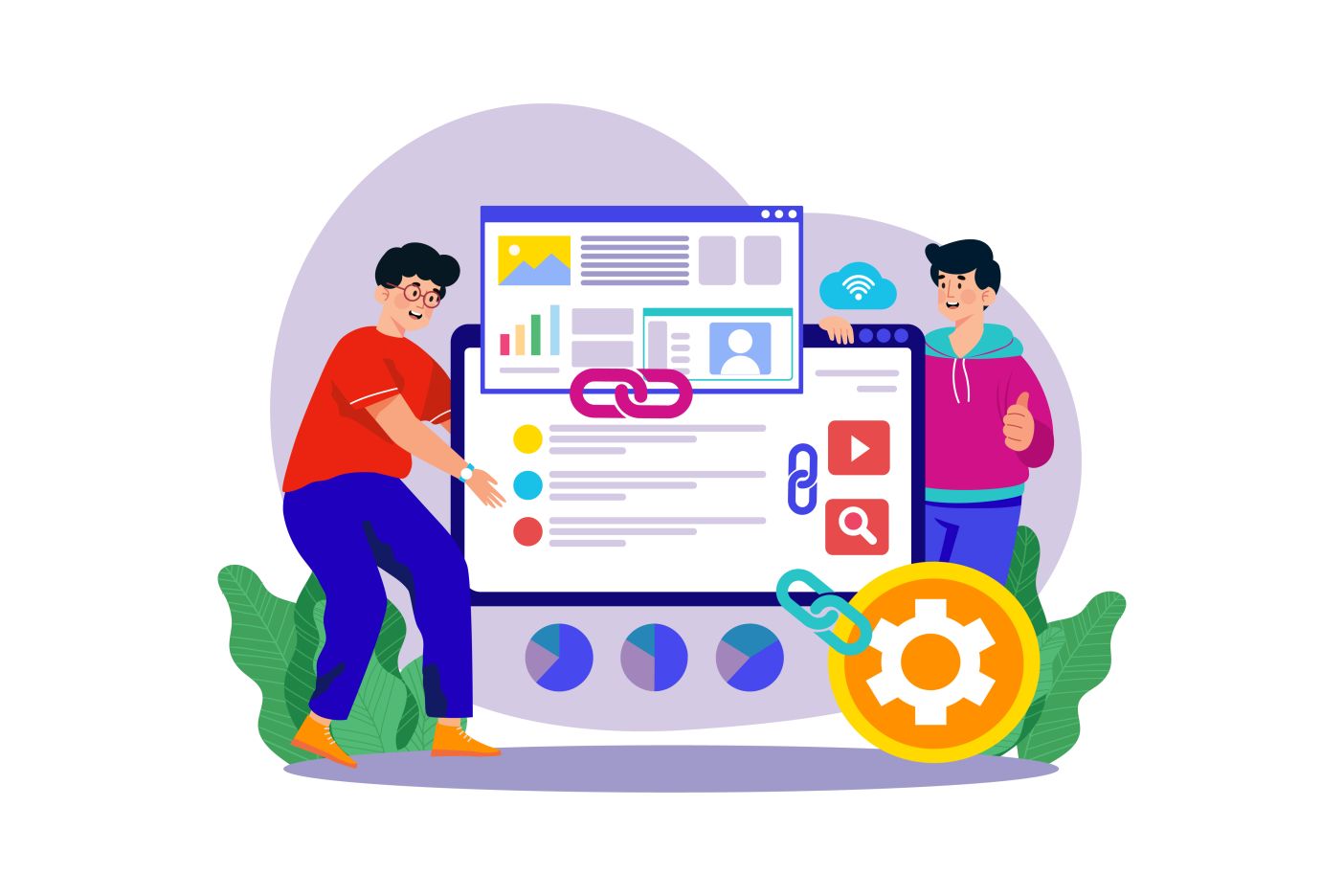B2B SaaS companies face unique challenges when attracting organic traffic. With long sales cycles, multiple decision-makers, and specialized needs, a one-size-fits-all approach won’t work. Search engine optimization (SEO) allows these companies to position themselves as authoritative and reliable sources, driving qualified traffic and sustainable growth.
This guide dives deep into the strategies, tools, and best practices that empower B2B SaaS companies to rank higher, attract the right visitors, and turn them into loyal customers.
Introduction to B2B SaaS SEO
Importance of SEO in B2B SaaS
SEO plays a critical role in the success of B2B SaaS companies. Decision-makers at businesses rely heavily on search engines to research solutions to their problems. SEO enables your company to appear in front of these potential clients when they are actively seeking information.
Unlike paid advertising, SEO builds credibility over time. High search engine rankings signal that your company is a trusted player in the industry, especially for complex and expensive software solutions where trust is paramount.
SEO also aligns with how B2B buyers work. They prefer to self-educate during the early stages of the buying process, and an effective SEO strategy puts your content where it needs to be during these critical moments.
Overview of Strategies and Goals
The ultimate goal of SEO in the B2B SaaS space is not just to drive traffic but to attract visitors who are likely to become customers. This means focusing on strategies that address different buyer personas and stages of the buyer’s journey.
The strategy often involves:
- Technical SEO: To create a solid foundation for search engines to crawl and index your site.
- Content Marketing: To educate and engage potential customers at every stage of their decision-making process.
- Keyword Research: To target terms with the right search intent, guiding qualified leads to your website.
- Link Building: To improve domain authority and visibility.
By combining these tactics, you create a cohesive and sustainable SEO approach that delivers results.
Technical SEO Essentials
Technical SEO as a Prerequisite for Ranking
Technical SEO optimizes your website’s structure, making it easier for search engines to understand and rank. Even the best content won’t perform well if your site has technical issues that block or confuse search engines.
Search engines rely on crawlers to index your site, and issues like broken links, unoptimized page structure, or missing sitemaps can hinder this process. Think of technical SEO as building a strong foundation for a house—you can’t build upward without it.
Core Web Vitals
Core Web Vitals focus on three key metrics:
- Largest Contentful Paint (LCP): Measures how quickly the main content loads. A slow LCP can frustrate users and lead them to leave the site.
- First Input Delay (FID): Tracks interactivity. If users experience delays when trying to interact with your page, they’re less likely to stay.
- Cumulative Layout Shift (CLS): Measures visual stability. Pages where elements shift around as they load create a poor user experience.
Improving these metrics not only satisfies search engines but also ensures users have a positive experience.
Conducting a Technical SEO Audit
A technical SEO audit helps uncover hidden issues that might be harming your rankings. During the audit, focus on:
- Crawlability: Check if all your web pages are accessible for crawling and indexing using tools like Screaming Frog or Google Search Console.
- Site Speed: Evaluate loading times using tools like Google PageSpeed Insights or GTmetrix. Compress images, use caching, and optimize your code to speed up your site.
- HTTPS Implementation: Ensure your site is secure with an SSL certificate. Websites without HTTPS are flagged by browsers, which can deter visitors.
- Structured Data: Implement schema markup to improve how search engines interpret and display your page content.
Fixing these issues lays a strong foundation for higher rankings and better user experiences.
Optimizing for Local and Global SEO
If your SaaS product serves multiple regions, your SEO strategy must cater to both global and local audiences. For global SEO:
- Use hreflang tags to show search engines which version of your site is intended for which language or region.
- Optimize your site for multiple currencies and provide localized payment options.
For local SEO:
- Claim and optimize your Google My Business profile.
- Use location-based keywords in your content.
- Add customer testimonials from clients in specific regions to build trust.
These adjustments make your site relevant to both broad and region-specific searches.
Want to attract qualified organic traffic by mastering B2B SaaS SEO?
Contact Growth Hackers
Building an Effective B2B SaaS SEO Strategy
Identifying Target Audience and Keywords
Your SEO efforts should start with a deep understanding of your target audience. Consider their roles, goals, and challenges. For instance, a CTO may prioritize technical specifications, while a CEO may focus on ROI.
Once you understand your audience, conduct keyword research. Tools like Ahrefs and SEMrush can help identify search terms that your audience is using. Focus on:
- High-intent keywords: These indicate that the user is ready to take action, such as “best CRM software for SMBs.”
- Informational keywords: These align with questions your audience might have, such as “how to improve sales tracking.”
Prioritize keywords that balance search volume and difficulty, and avoid targeting terms that are too broad or competitive.
Creating Topical Pillars and Content Projects
Organizing your content into topics or “pillars” helps build authority in specific areas. For example, if your SaaS product is a project management tool, your content pillars might include:
- Task management.
- Team collaboration.
- Time tracking.
Within each pillar, create cluster content such as blogs, case studies, and tutorials that link back to the central pillar page. This approach signals to search engines that your site is an authority on the topic.
Aligning Strategy with Buyer’s Journey
B2B buyers typically go through three stages:
- Awareness: They identify a problem and begin researching solutions. Content like blog posts and videos works well here.
- Consideration: They compare options and evaluate potential solutions. Use whitepapers, webinars, or solution comparison pages.
- Decision: They choose a solution. Offer free trials, demos, or customer success stories.
By mapping your content to these stages, you meet your audience’s needs at every step.
On-Page SEO Best Practices
Optimizing Title Tags and Meta Descriptions
Your title tag and meta description are what users see first on search engine results pages. Make them compelling and informative. For a SaaS product, include the main keyword and a value proposition.
Example: “CRM Software for Small Businesses | Streamline Sales and Customer Management.”
Meta descriptions should briefly explain the content while inviting users to click. A good description might say: “Discover how our CRM helps small businesses improve sales tracking and customer retention.”
Utilizing Headings for Structure
Headings break your content into easy-to-read sections. Each page should have a clear H1 heading followed by subheadings (H2, H3) that organize related information.
Use headings to highlight important keywords naturally. This not only improves readability but also helps search engines understand your content better.
Image Optimization Techniques
Images improve engagement but must be optimized to avoid slowing down your site. Compress images with tools like TinyPNG to reduce file size without sacrificing quality.
Add descriptive alt text to every image. For example, an alt tag for a product screenshot might read: “Dashboard view of CRM software with sales tracking features.”
Using appropriate file names also helps search engines index your images effectively.
Internal Linking Strategies
Internal links connect your content, guiding users through your site, while also transferring authority between pages to boost SEO.
For example, link a blog post about “Improving Customer Retention” to your product page for a retention-focused feature. Use descriptive anchor text like “customer retention tools” rather than generic terms like “click here.”
Regularly audit and update links to maintain their relevance.
Content Marketing for B2B SaaS SEO
The Role of Content in SEO Success
Content is the backbone of SEO for B2B SaaS companies. High-quality, informative content attracts search engines and potential customers alike. It allows you to educate your audience, build trust, and demonstrate expertise in your field.
Content helps your website rank for a wide range of keywords by addressing different topics and user needs. By creating value-driven material, you can connect with decision-makers who are actively researching solutions.
Developing a Content Calendar
A well-planned content calendar keeps your SEO efforts consistent and organized. It ensures that you’re publishing regularly while covering diverse topics that cater to different stages of the buyer’s journey.
To build a content calendar:
- Research trending topics and industry pain points using tools like BuzzSumo or Google Trends.
- Schedule a mix of formats, such as blog posts, case studies, videos, and infographics.
- Assign specific keywords to each piece of content and track their performance over time.
Consistency is key. Publishing regularly signals to search engines that your site is active and reliable.
Types of Content to Focus On
Certain types of content perform exceptionally well for B2B SaaS companies:
- Blog Posts: Dive deep into specific problems or solutions that your product addresses. Include actionable insights and relevant examples.
- Case Studies: Highlight how your product has helped other companies achieve measurable results. This reinforces your credibility.
- Whitepapers and E-books: Offer detailed analyses on industry trends or technical topics, ideal for capturing leads in the consideration stage.
- Webinars and Tutorials: Demonstrate how your software works while engaging directly with potential customers.
Diversifying your content formats caters to different preferences and enhances your reach.
Updating and Repurposing Content
Old content can still drive traffic if updated with fresh information. Revisit your top-performing pages to:
- Add updated statistics, trends, or features.
- Revise outdated examples or references.
- Optimize for new keywords related to the original topic.
Repurpose content into different formats to reach wider audiences. A blog post can become an infographic, a video, or a LinkedIn article.
Link Building Strategies for B2B SaaS
The Importance of Backlinks
Backlinks signal to search engines that your site is trustworthy and authoritative. Each link from a reputable site acts as a “vote of confidence,” boosting your rankings.
For B2B SaaS, building links from industry-relevant sources is critical. Links from unrelated or low-quality sites can harm your credibility and SEO performance.
Guest Posting on Industry Blogs
Guest posting is one of the most effective ways to earn quality backlinks. Look for blogs or publications that target your ideal audience. Pitch topics that align with their interests while subtly introducing your software as part of the discussion.
When writing guest posts:
- Link naturally to your site within the content or author bio.
- Focus on providing value rather than self-promotion.
- Build long-term relationships with editors for recurring opportunities.
Earning Links Through Data and Research
Original data and research are highly linkable assets. Conduct surveys, gather insights from your software, or analyze industry trends to create reports or studies.
For example, a CRM provider could publish a report on “Top Trends in Customer Retention for 2025.” Share this content with industry publications and influencers who may link back to it.
Building Relationships with Influencers and Partners
Collaborating with influencers or industry partners expands your reach and opens doors for link opportunities. Offer value upfront, such as co-marketing campaigns, exclusive tools, or insights they can share with their audiences.
When partnering:
- Co-create content like webinars or e-books that both parties can promote.
- Request attribution when your software or data is featured.
Unlock the secrets to B2B SaaS SEO and grow your traffic!
Analytics and Tracking
Why Tracking SEO Performance Matters
You can’t improve what you don’t measure. Tracking your SEO performance helps identify what’s working and what needs adjustment. It ensures you’re investing resources in strategies that deliver results.
Performance tracking also allows you to show clear ROI, which is critical for long-term buy-in from stakeholders.
Key Metrics to Monitor
Track the following metrics to measure your progress:
- Organic Traffic: Check how many visitors come to your site through search engines. Growth here indicates better rankings.
- Keyword Rankings: Monitor the position of target keywords over time. Higher rankings for high-intent terms signal successful optimization.
- Bounce Rate: A high bounce rate may indicate that your content isn’t meeting user expectations.
- Conversion Rates: Measure how many visitors take desired actions, such as signing up for a trial or downloading an e-book.
Use tools like Google Analytics, Ahrefs, or SEMrush to gather and interpret this data.
A/B Testing for Optimization
A/B testing helps you refine your SEO efforts. Test different headlines, CTAs, or landing page designs to see which performs better.
For example, if your landing page isn’t converting well, test a new headline that emphasizes a different benefit of your software. Track user behavior to determine which version resonates most.
Common B2B SaaS SEO Challenges and Solutions
Low Volume Keywords
B2B SaaS often targets niche audiences, leading to low search volumes for keywords. While this might seem limiting, low-volume keywords can still be valuable. They often indicate high intent and relevance.
Focus on creating content that thoroughly answers queries tied to these keywords. Long-tail keywords can bring in smaller but highly targeted traffic.
Long Sales Cycles
B2B SaaS sales cycles are often lengthy, involving multiple stakeholders. This can make it harder to measure the direct impact of SEO on revenue.
Address this by creating content that nurtures leads over time. Develop materials that cater to each stage of the decision-making process, from initial research to final evaluations.
Balancing SEO with Branding
Some companies struggle to balance SEO-focused content with maintaining their brand voice. Over-optimized content may feel robotic and disconnected from your brand identity.
Write with your audience in mind first, then incorporate keywords naturally. SEO and branding should complement each other, not compete.
FAQs on B2B SaaS SEO
What is B2B SaaS SEO?
B2B SaaS SEO is the process of optimizing a Software-as-a-Service company’s website to attract and convert business clients through organic search traffic. It involves strategies like keyword research, content creation, on-page optimization, and link building. The goal is to rank high on search engines for terms that target decision-makers.
Is SEO Worth It for B2B?
Yes, SEO is highly valuable for B2B companies because it helps generate qualified leads cost-effectively over time. Unlike paid ads, SEO builds long-term visibility and trust by positioning your brand as an industry authority. With a well-executed content strategy, you can attract decision-makers who are actively searching for solutions.
How to Do SEO for SaaS Business?
To optimize SEO for a SaaS business, start by researching keywords that reflect your audience’s challenges and goals. Create valuable, informative content that addresses these needs, and optimize your website’s structure for search engines. Build backlinks from credible sources to boost authority, and track your progress using analytics tools.
What is a B2B SEO Strategy?
A B2B SEO strategy focuses on creating targeted content, optimizing for niche keywords, and building industry-relevant links. It addresses the unique sales cycle of B2B by providing value at each stage, from awareness to decision-making. This approach ensures that your website attracts high-intent traffic and nurtures potential clients.
Final Thoughts on B2B SaaS SEO and How It Drives More Qualified Traffic
B2B SaaS SEO involves optimizing your site to rank higher in search engines, attract qualified leads, and convert them into customers. It combines technical SEO, strategic keyword research, high-quality content creation, and effective link-building. Each aspect works together to meet the unique needs of SaaS businesses, addressing buyer pain points at every stage of their journey.
The ultimate goal of B2B SaaS SEO is to create a scalable, sustainable flow of organic traffic that aligns with your business objectives. By implementing best practices like technical audits, creating pillar content, and targeting industry-specific keywords, SaaS companies can enhance visibility and credibility. A well-executed SEO strategy transforms search engines into reliable sources of consistent and high-quality leads.
Let Growth Hackers Drive Your B2B SaaS SEO Success
Growth Hackers is a leading search engine optimization agency for B2B SaaS companies that has helped hundreds of businesses worldwide. Here, we don’t just create strategies—we deliver results. With over a decade of experience, we specialize in helping B2B SaaS companies achieve sustainable growth through SEO. Our expert team uses data-driven methods, the latest tools, and proven techniques to ensure your brand gets noticed by decision-makers.
If you’re ready to grow your B2B SaaS business and generate more leads through organic search, we’re here to help. Contact Growth Hackers today, and let’s create an SEO strategy that elevates your brand, outshines your competition, and drives measurable success.










